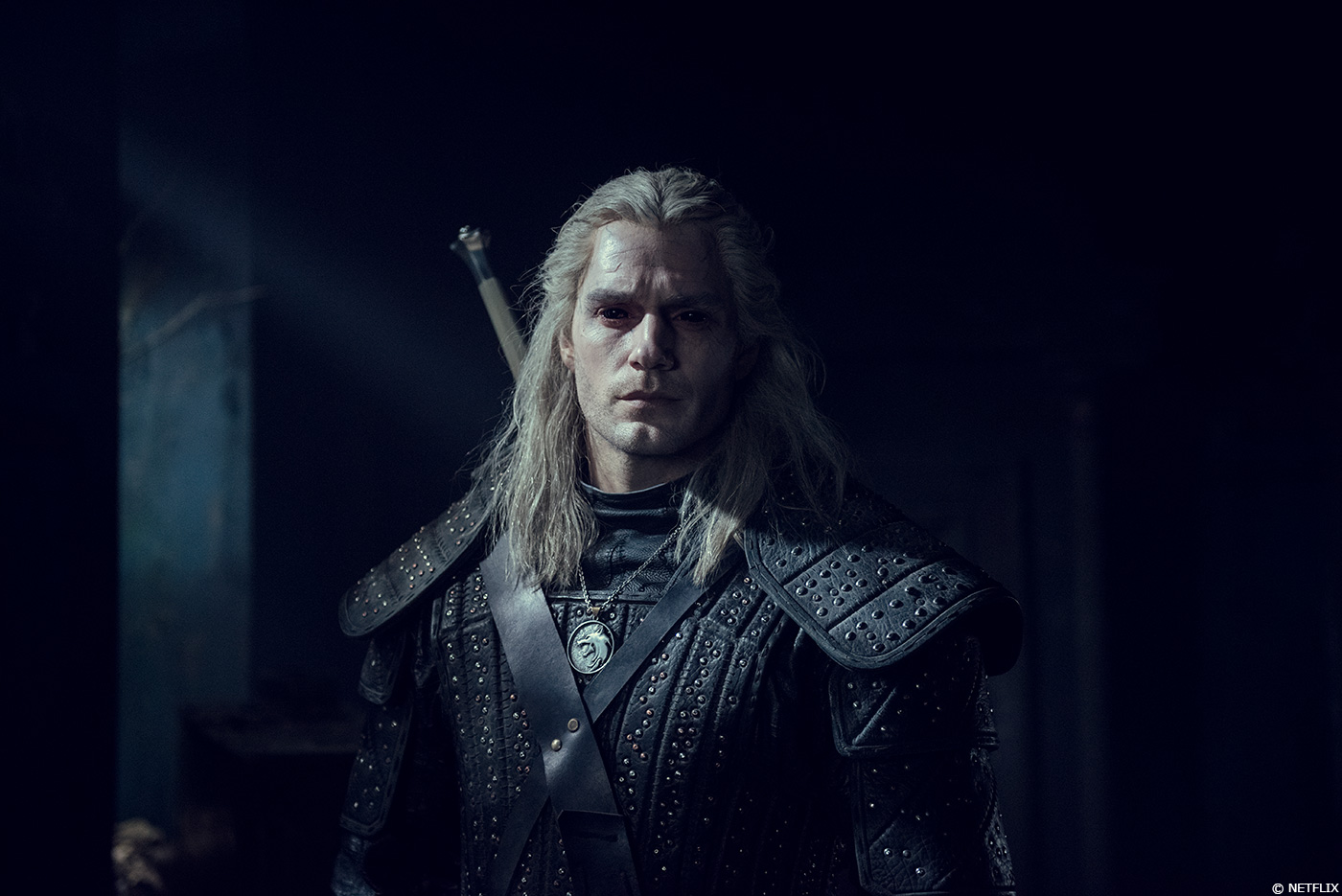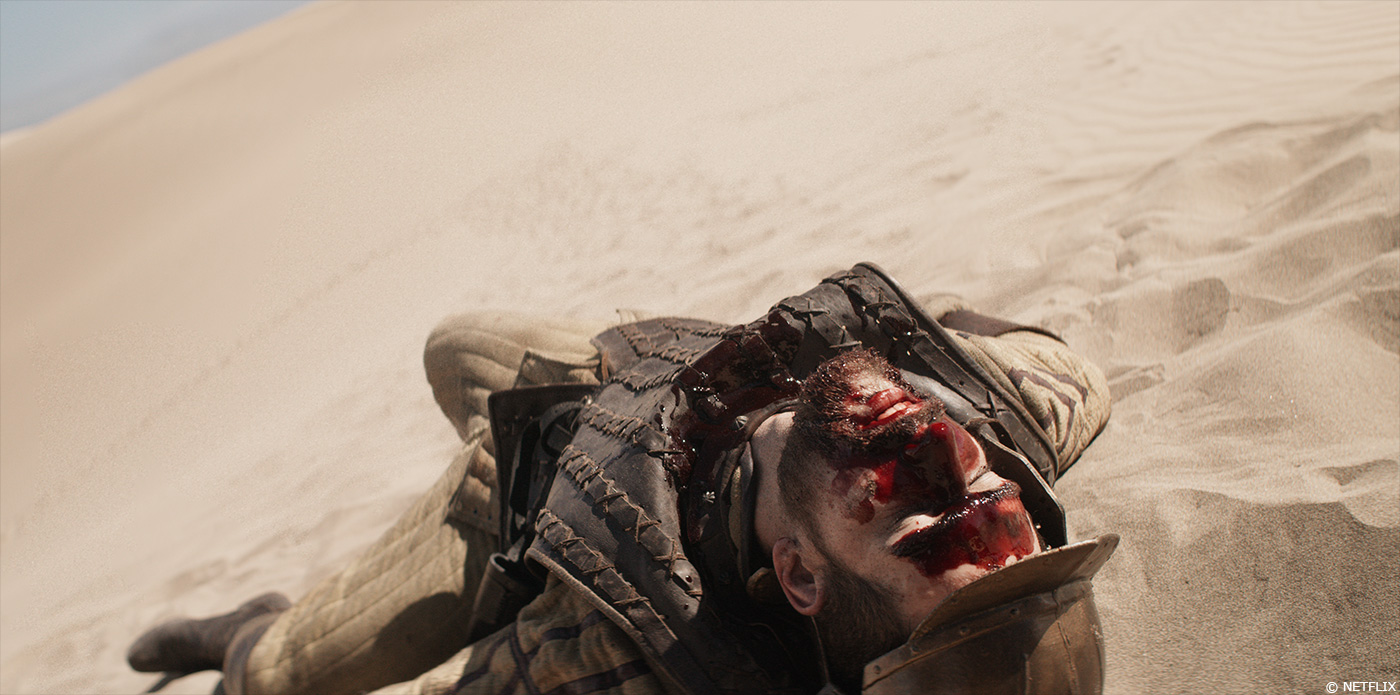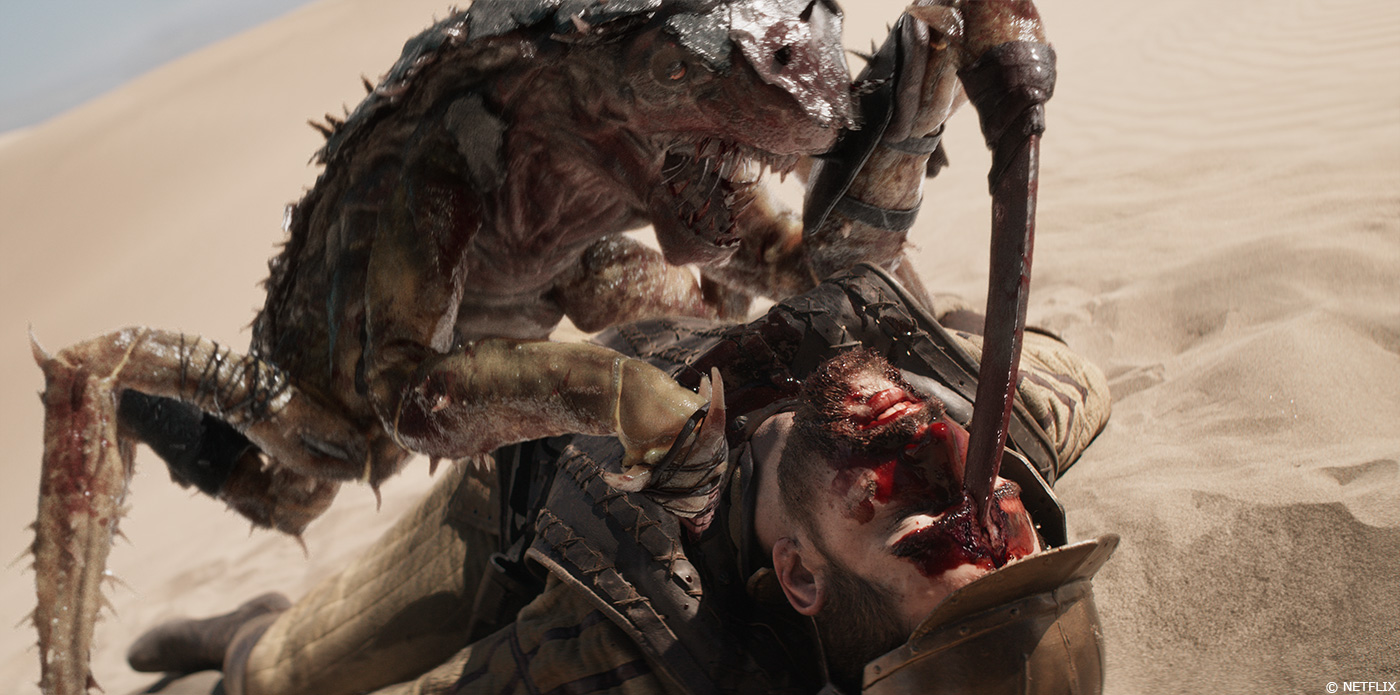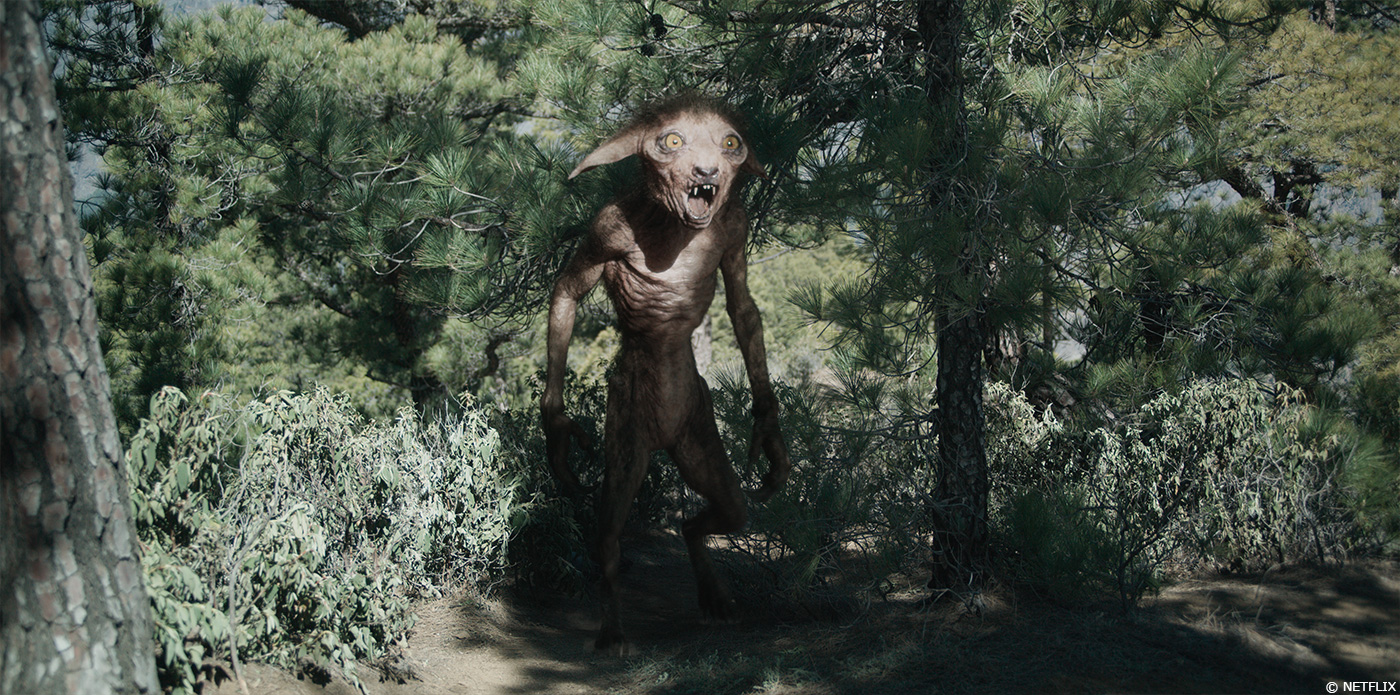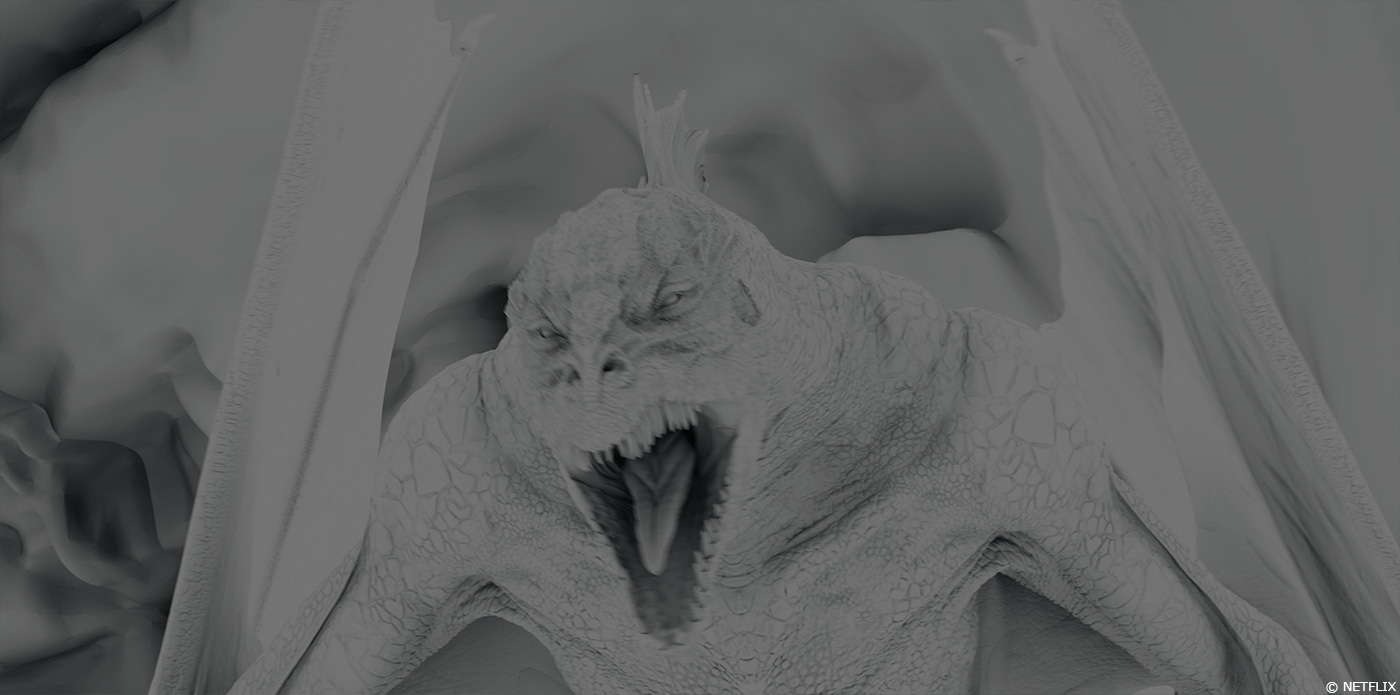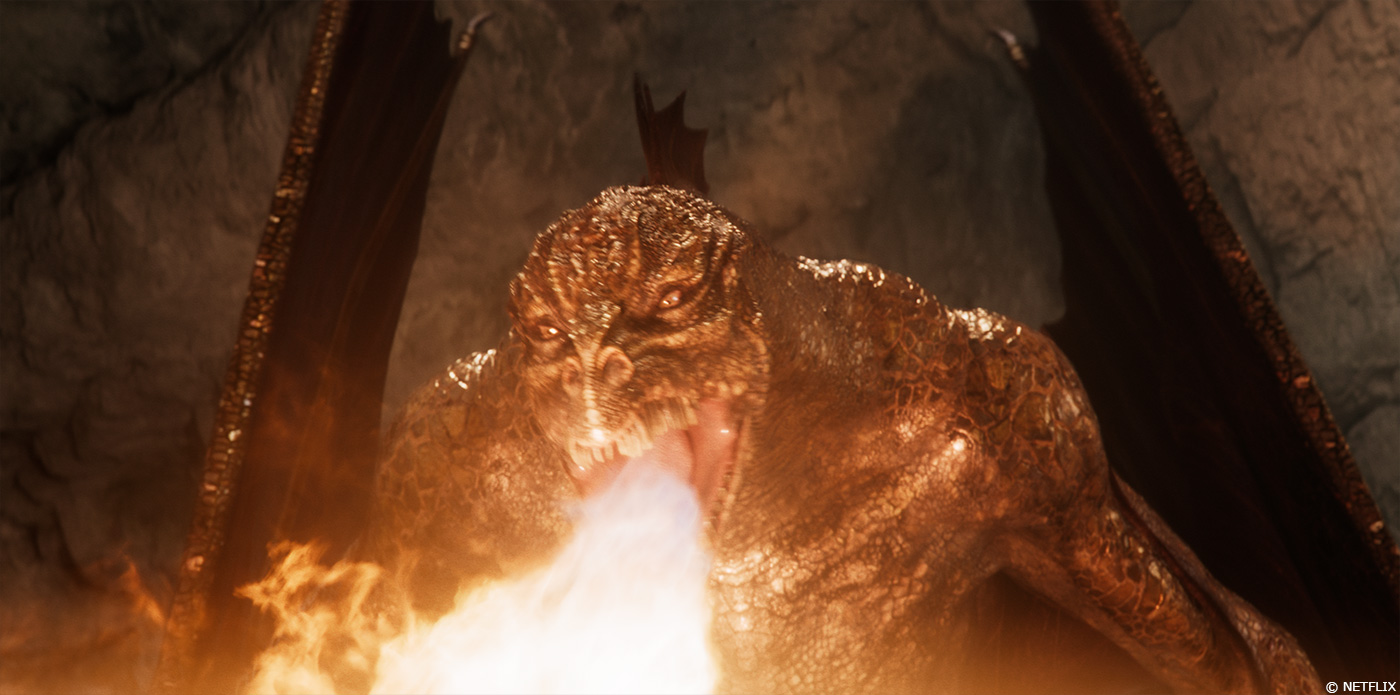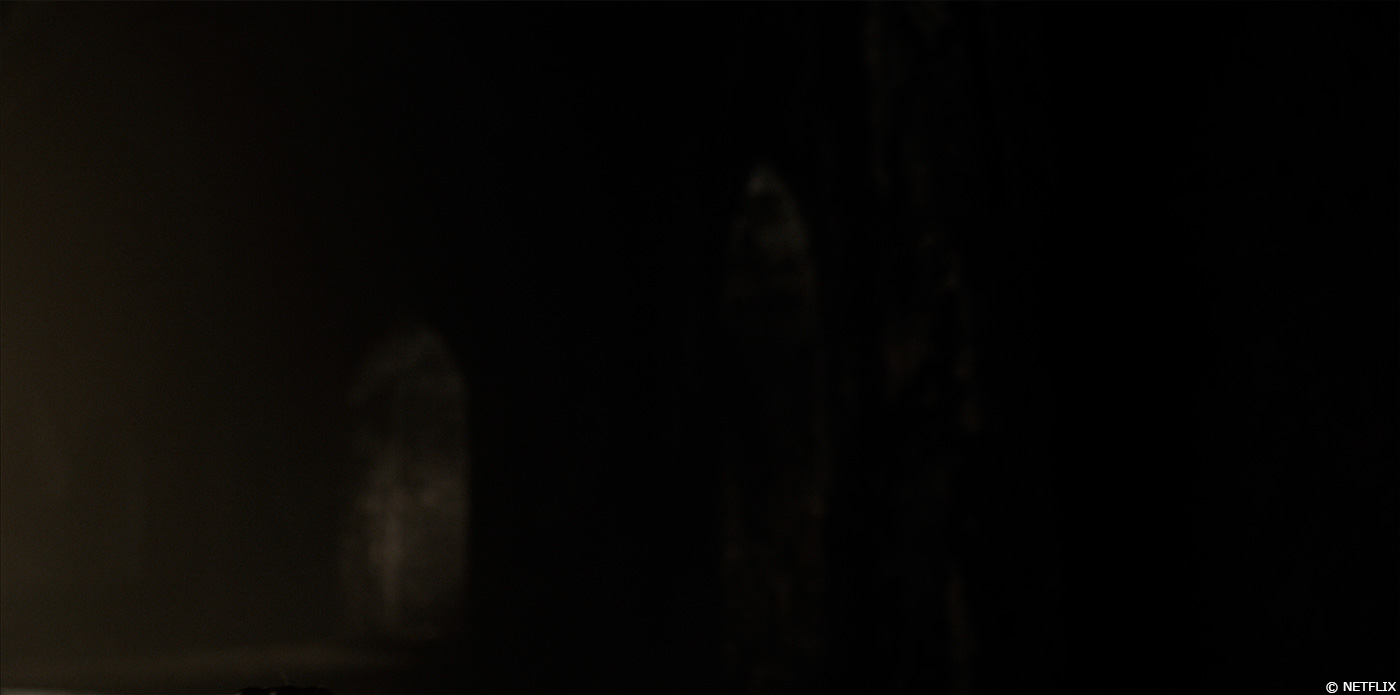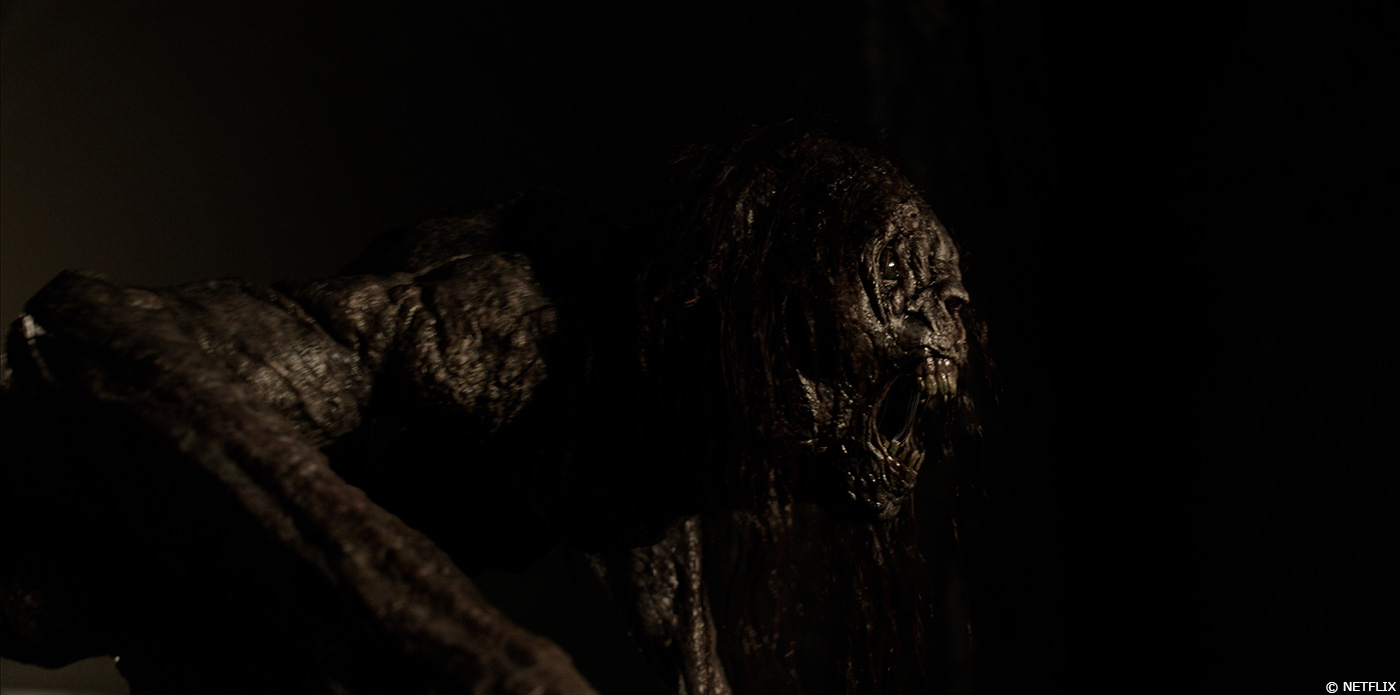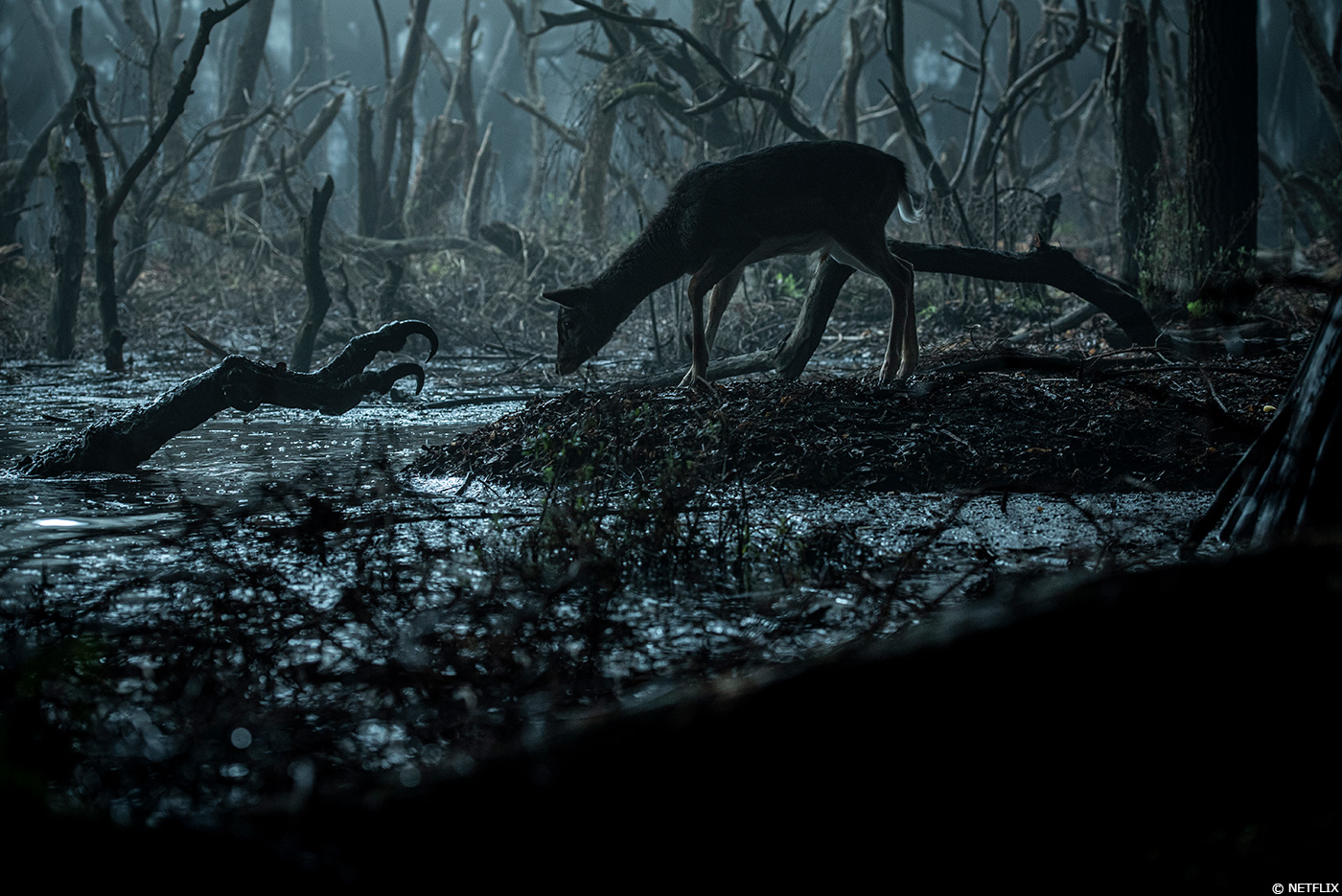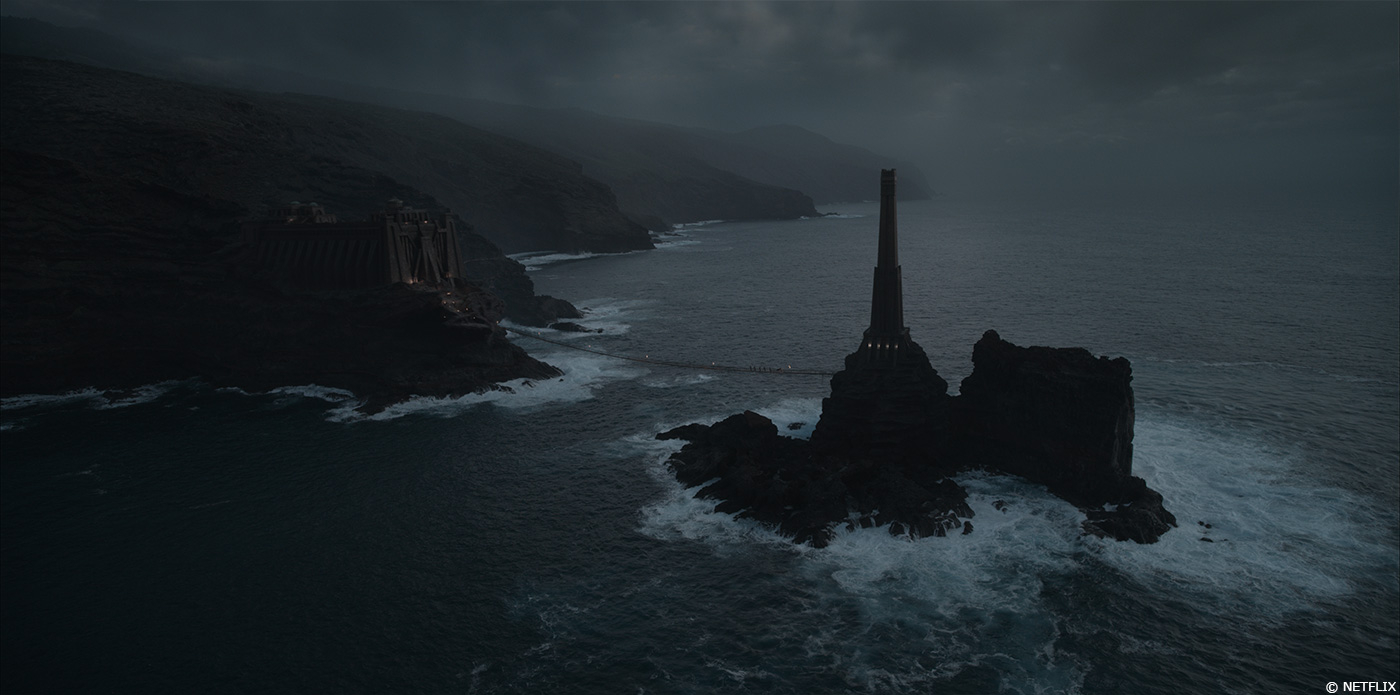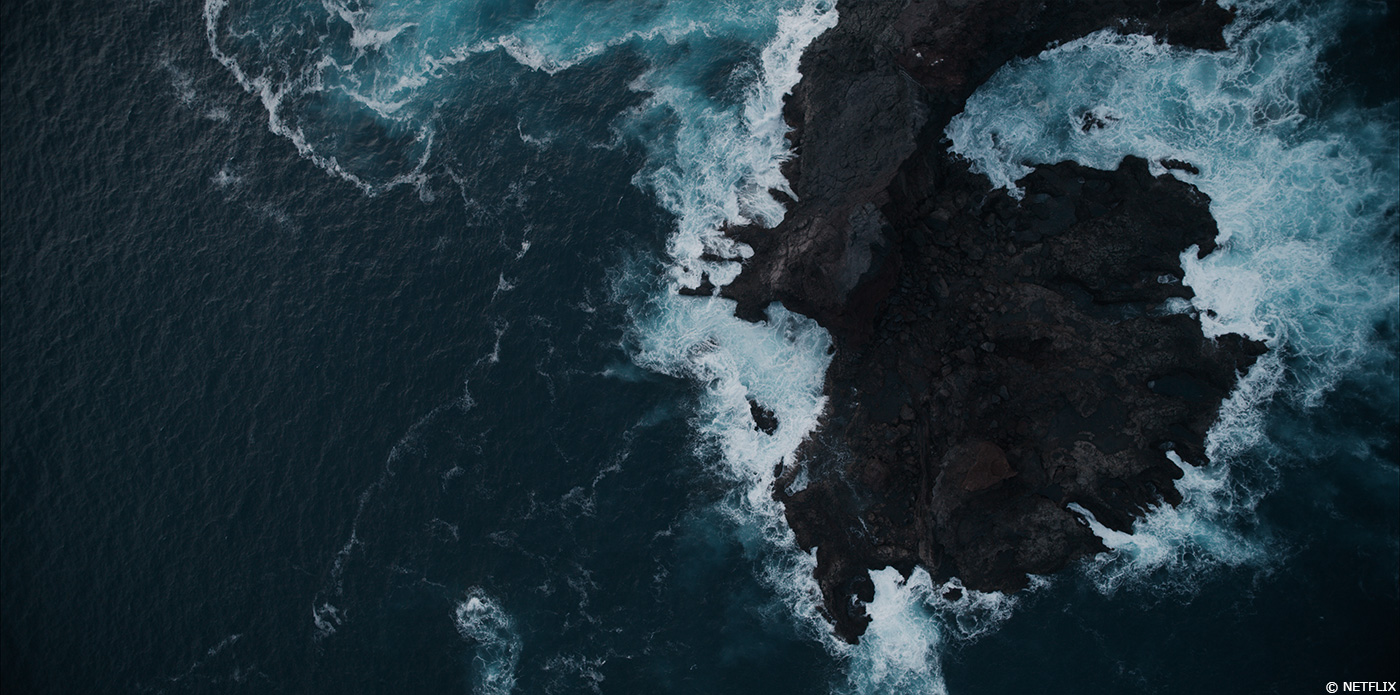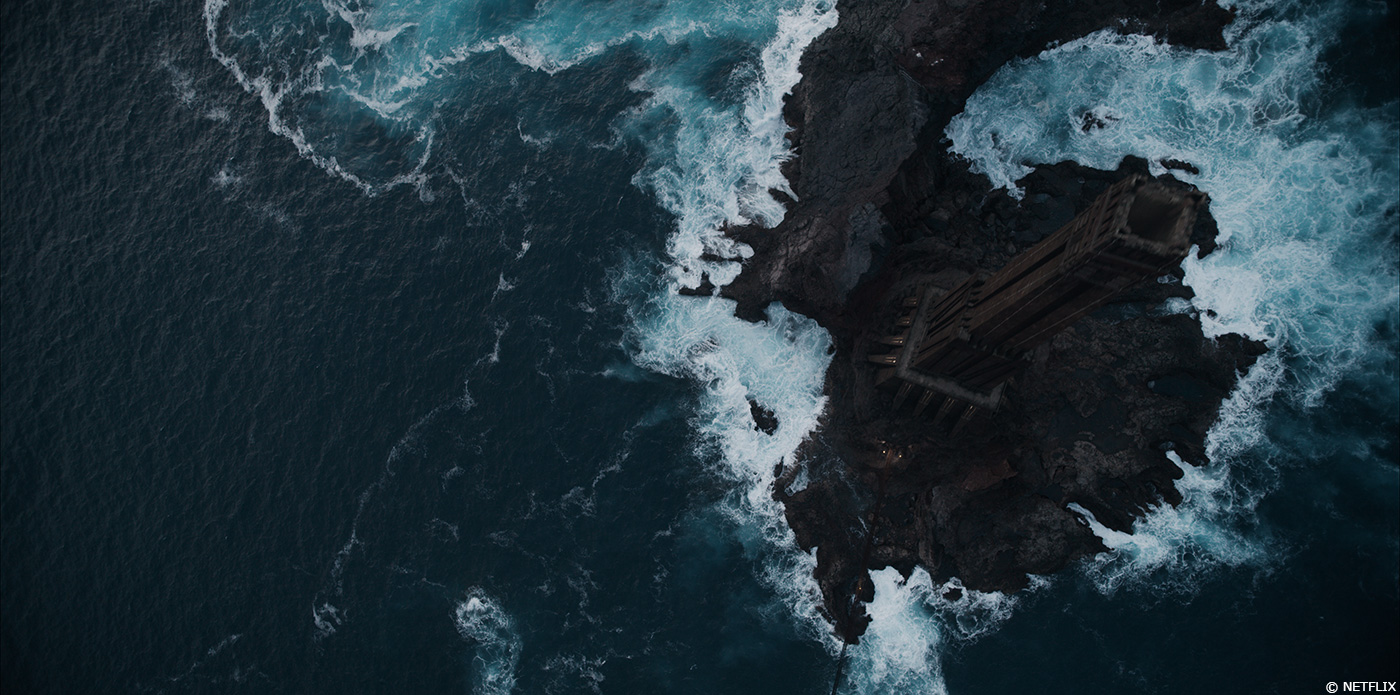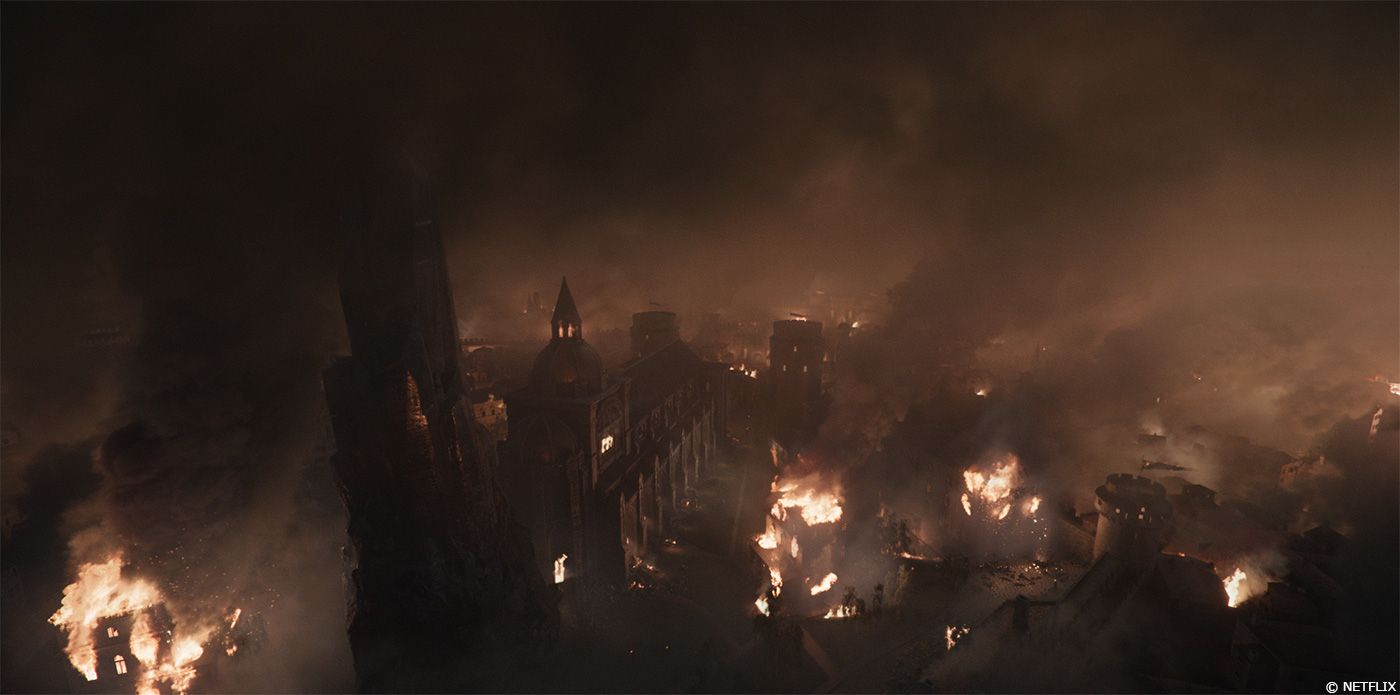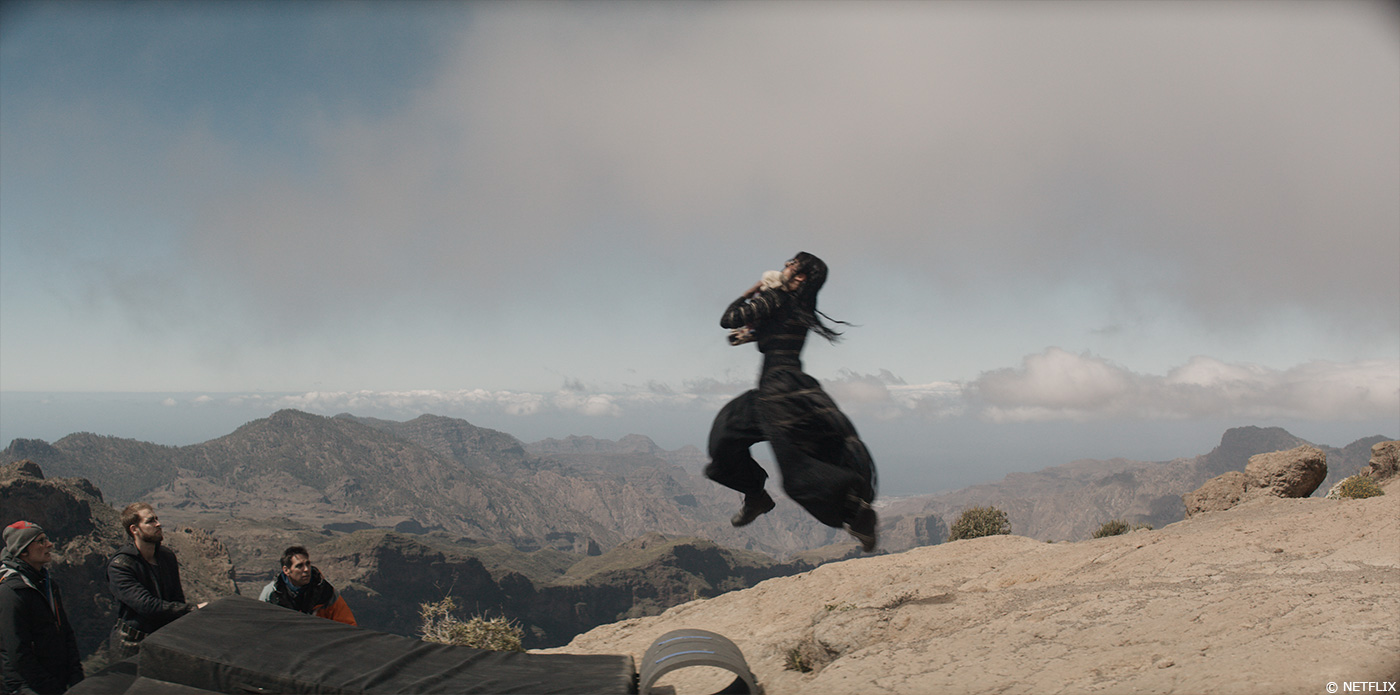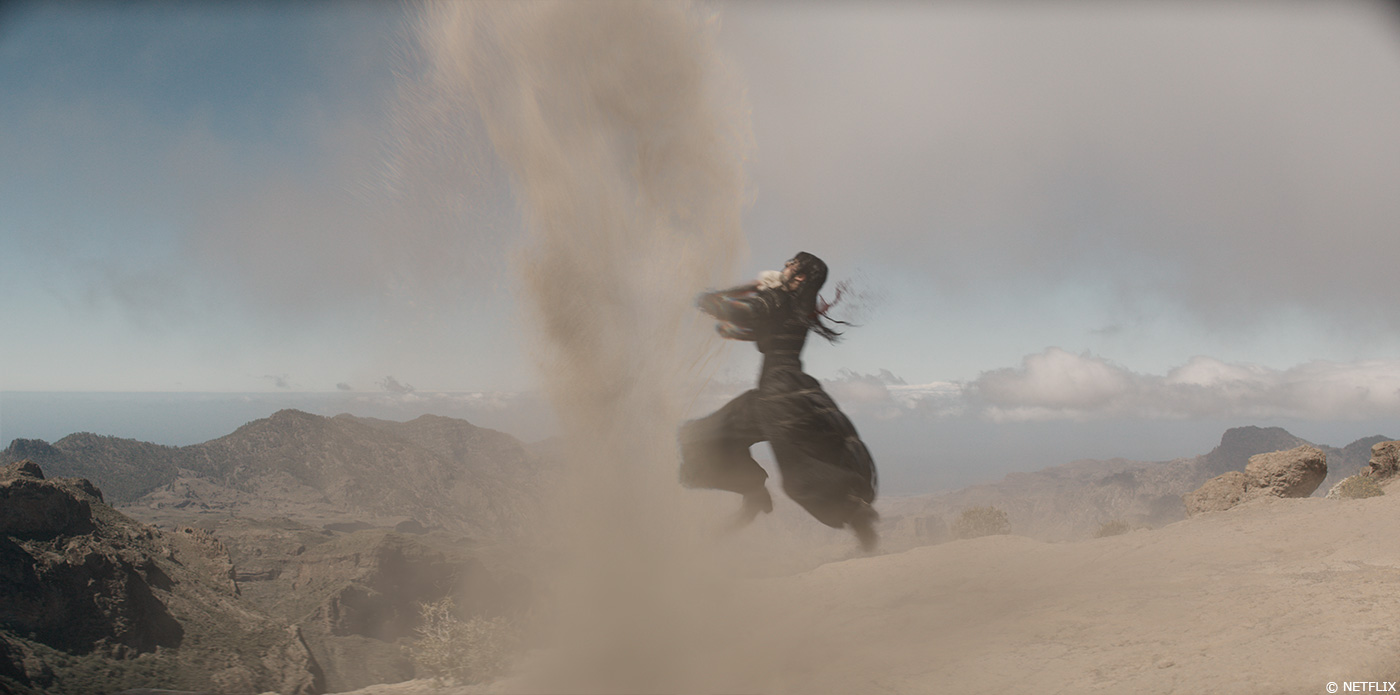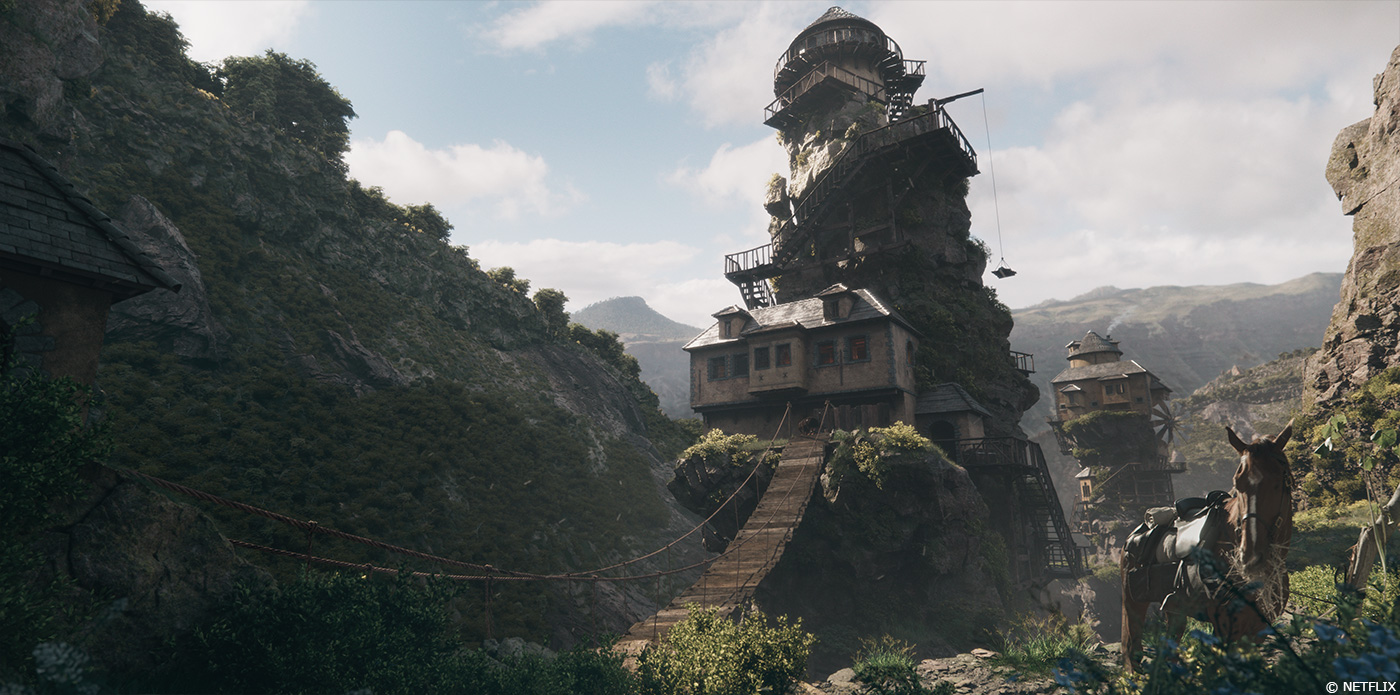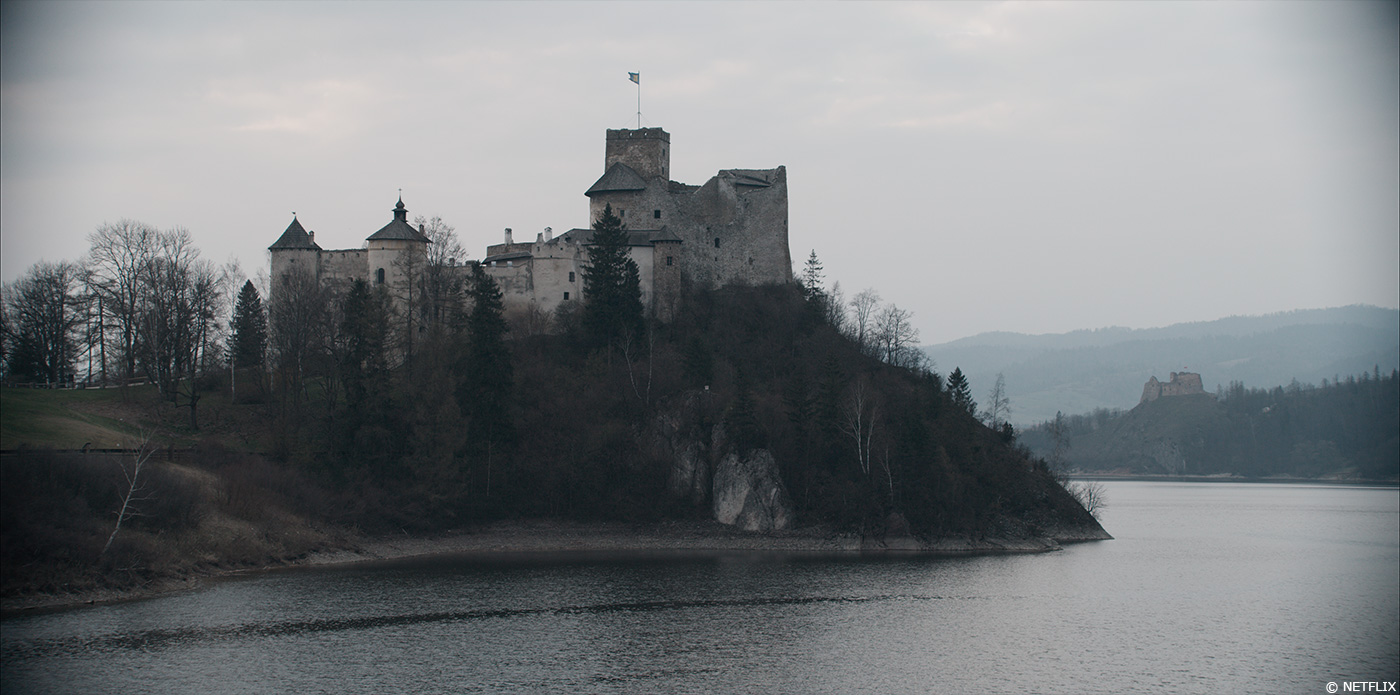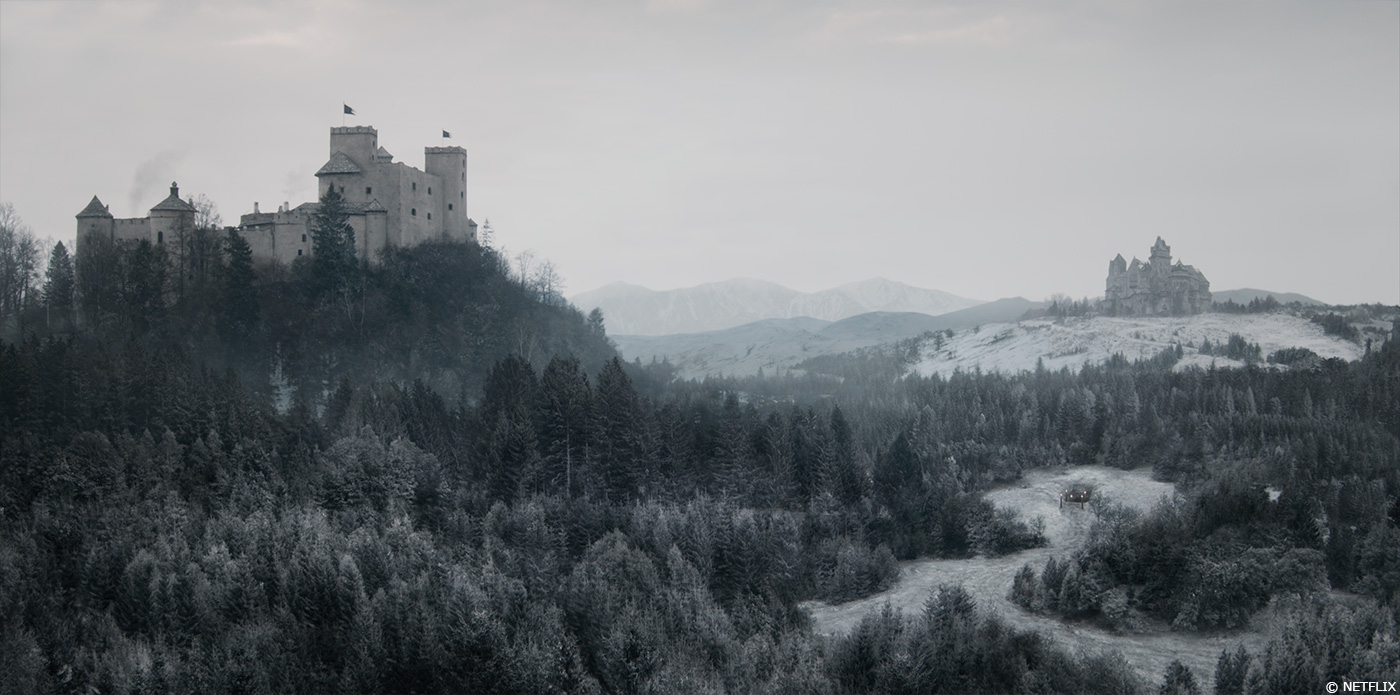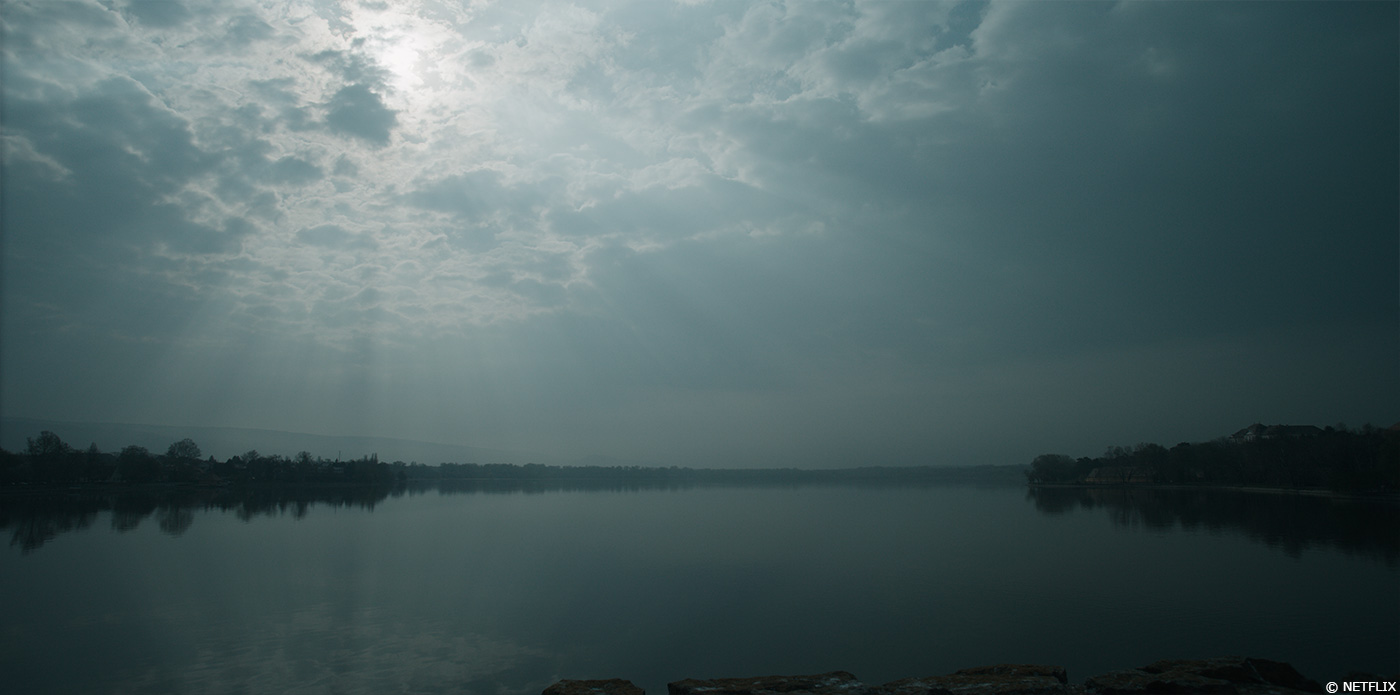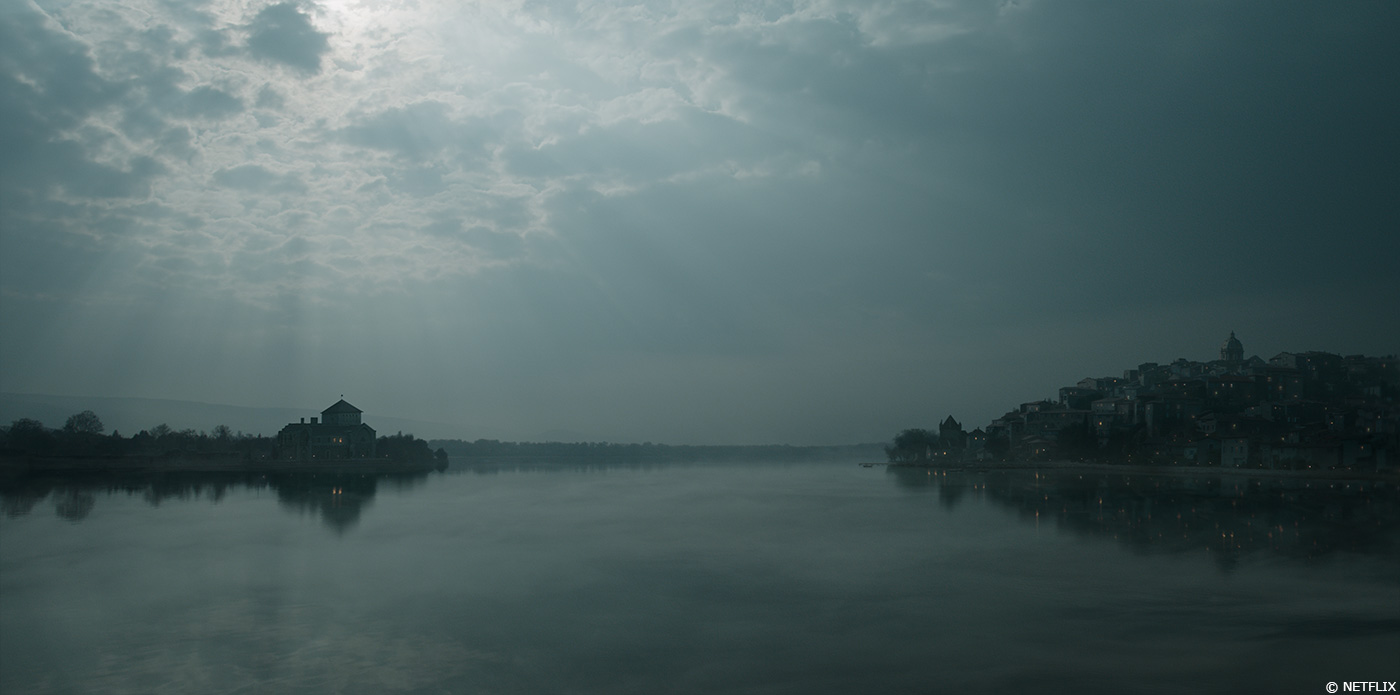Julian Parry began his film career as a special effects technician in the early 1980s. He began working in visual effects in 1990 at Rushes Post Production and works on a large number of projects such as SEVEN WONDERS OF THE INDUSTRIAL WORLD, CAMELOT, TITANIC: BLOOD AND STEEL and VIKINGS.
What is your background?
Almost four decades working in film, television and commercials. My work has ranged from traditional special effects in the eighties on films like John Glen’s JAMES BOND and James Cameron’s ALIENS, to working on the development of digital technologies in the nineties that launched many of the digital visual effects utilised today. I’ve practical working experience in many other areas of film production, including art direction and direction which gives my work a unique edge.
How did you get involved on this show?
Netflix contacted me early 2018. I’d like to think it was my experience in big episodic TV that gave me the edge for this project. I met with the production team and after a couple of meetings was offered the position.
How was this new collaboration with the showrunners and the directors?
Exciting, because what I read in the script had a lot of potential and it’s not often you get scripts that are jam packed with this much VFX scope. As we got into early pre-production the process was very open and collaborative. It really has to be that way from my perspective as it’s the only way to achieve the desired outcome for the VFX content and establish a style. This was all relatively easy because Lauren Hissrich, the show-runner, had such a clear vision from the outset.
What were their expectations and approach for the visual effects?
Whilst there are always high expectations for VFX, this project had to be measured and controlled. “Fix it in VFX post” wasn’t an option and to this end the expectation was only for VFX to serve story and not be used as a bandaid. As such the production team were very happy to be guided and advised to the best VFX options and approach.
Can you tell us more about the previs and postvis process?
Due to TV schedules and the time allocated in both production and post, previs and postvis can often be a luxury; this is where experience can help cut corners. I’ve witnessed situations where you spend time and money on previs only for the script and scene to be changed at the last minute. So for me previs is great but you must be prepared for the pros and cons. Postvis on the other hand is a must as this is often the only way the editorial can correctly edit/post produce a sequence with VFX/ GCI content. And to this day nothing can beat classic storyboarding to convey visual intent.
The Witcher universe is full of creatures. Can you explain in detail about their design and creation?
Creatures are another area of my experience, so this process was enjoyable. Two of the main creatures had some initial concepts which the VFX department worked up to final. We also took care of other episodic creatures. This VFX creature design process allows me to circumnavigate classic surface and movement issues from the outset. The creature design came from the script with further design reference coming from Lauren or our Budapest prosthetics creature designer (Ivan) who in turn handed then over to the CGI vendor for final development.
What kind of references and indications did you received for the creatures?
As above, but we also took references inspired by the Witcher book series, Slavic folk law & nightmares. However I will confess the Hirrika is based on Rosie, the family dog.
How was their presence on-set simulated for the framing and interactions?
VFX teams have been dealing with this issue since the start of film. More often it’s working with the directors to make them feel comfortable with the process because yes, classically nothing is ever there on set. I did opt for the use of prosthetic pieces and occasionally a special rig, I’m certain we had the classic tennis ball for actors eye-line but we also used the more hybrid approaches of motion capture or sacrificial stunt performance. I read in a recent interview with Henry Cavill (Geralt) he was very happy with the on set proxy process.
How did you mix the practical effects with CG elements?
Having the practical special effects background I understand first hand the limitations, so I worked closely with our onset team Gabor and Norby to insure the best options. I often go for the easiest approach and work from there. Some of the best shots in the show are classic SFX techniques, enhanced with CGI.
Which creature was the most complicated to create?
I think all the creatures bring their own complexities but the Kikimora, the aquatic arachnid, had an added complexity of living in a watery swamp. So the Kikimora wins.
Which one is your favorite?
Tough question and I really can’t pick but based on the above question it is the Kikimora.
We discover many beautiful and scary locations. Where was filmed those various places?
We shot predominantly on location in Budapest, Hungary but also Poland for the Elven Keep and the Canary Islands for more exotic diversity.
Can you elaborate about the creation of the environment especially the city and Aretuza?
Both of these environments were handled by VFX vendor Framestore. Cintra was simply an embellishment of the historic Hungarian fortress Komarom. With Aretuza Lauren wanted to stay close to the book references and as we (VFX) were down to supply this shot we took on the overall design. Ultimately Aretuza came about from the background element that was finally shot on location in the Canary Islands and the building design grew as an extension of that exotic location setting.
Can you tell us more about the beautiful tree in the desert?
Shyn Cayan (tree) seen in Ciri’s dream is the only 3D element in that landscape. All else is real environment (Canary Island). The tree was supplied by VFX vendor Platige Image.
How did you create and animate the big army battles?
Much of what you see is stunt performance enhanced with VFX. I’ve been creating battle fights since the early 2000’s and my experience on shows like VIKINGS really paid off for these sequences that you mention here. As the earlier question, this is where the blend of CGI and practical SFX really pay off.
The Witcher is full of magic. How did you approach the design for the various spells and portals?
One thing was for sure, we had to be different portals are abundant in film, TV & commercials and we wanted to see something new ourselves! A tough task but I think we pulled it off. The design approach extended to each character with getting their own “magic look” design which was driven by back story and nuances of character within THE WITCHER world. The portals were one of the effects types that I knew for certain that would benefit from previs.
Can you explain in detail about their creation and animation?
For the portals we use previs and for the Magic postvis. I’d brief the VFX vendors on either a specific look or ask them to explore a notion or idea. Its strange but the bigger set magic moments proved easiest whilst the simplest smaller magic effects became the trickiest to produce.
How did you handle the eye colors for some of the characters?
From the outset the eye colour was always preferred as practical contact lens. This can come with certain issues over time and when needed VFX would supply eye colour. This eye enhancement would fall to NVIZ & One Of Us VFX London to refine the seamless integration with Geralt’s yellow and Yennefer’s violet eyes.
The series is really gory. How did you enhance this aspect?
There are times where gory can only be VFX, so yes we took care of the more graphic aspects of hack and slash, I’d like to think we handled it factually, again, another area that really benefited from SFX & VFX cross over to achieve great results.
Can you tell us how you chose the various VFX vendors?
This was one of those projects/titles that almost all of London VFX houses wanted to be involved but ultimately each house was picked for their individual strengths.
How did you split the work amongst these vendors?
We actually didn’t have that many split shots, as each vendor was selected for their specific area of expertise and if there were a split shot our vendors were proactive to collaborate.
Can you tell us more about your collaboration with their VFX supervisors?
I was blessed with a great team. Some of the vendor supervisors braved the cold of Budapest and visited on-set, including, Alex Pejic of Cinesite and Oliver Cubbage of One of Us. Pedro Sabrosa of Framestore, Mateusz Tokarz of Platige Image and James Fleming of NVIZ stayed warm and dry. All were great collaborators and a pleasure to work with.
The vendors are all around the world. How did you proceed to follow their work?
We were lucky that our vendors were based in Soho London except Platige Image (Poland) and therefore with Platige we arranged remote weekly VFX reviews; and with the London teams I was able to visit as required.
Which sequence or shot was the most challenging?
The Kikimora sequence was the most challenging only because of the restrictions and limitations we ultimately had to deal with but otherwise the process of all the VFX shots whilst maybe challenging were well thought out and planned.
Is there something specific that gives you some really short nights?
Not anymore, I had a great team around me and the only thing that keeps me up is the excitement and expectation of the following day’s fun work.
What is your favorite shot or sequence?
Again, that’s a tough question but for shot simplicity the Ep4 Cintra Pavetta wedding feast scream blast back shot finalled by Dan, one of our in house team, is a really simple split screen I filmed expediently on the day and really effective storytelling shot. I also love the trebuchet firing shot Ep8 again simple but beautiful effect (Framestore).
What is your best memory on this show?
I think it’s filming the Kikimora sequence as overall I had a blast!
How long have you worked on this show?
From early meetings to finish, about 18 months.
What’s the VFX shot count?
We ended up around the 1750-2000 shot mark archived in a 6 months post period.
What was the size of your team?
On reflection very small. The pProduction team was six including myself, we had three on-set wranglers and one VFX editor. It was an amazing team all up.
What is your next project?
At the time of this interview it’s project Christmas & family. And next…….? Hopefully somewhere warm.
What are the four movies that gave you the passion for cinema?
2001: A SPACE ODYSSEY, JASON AND THE ARGONAUTS, BLADE RUNNER and ALIEN.
A big thanks for your time.
WANT TO KNOW MORE?
Netflix: You can watch THE WITCHER on Netflix now!
Cinesite: Dedicated page about THE WITCHER on Cinesite website.
Framestore: Dedicated page about THE WITCHER on Framestore website.
Platige Image: Dedicated page about THE WITCHER on Platige Image website.
NVIZ: Dedicated page about THE WITCHER on NVIZ website.
One of Us: Dedicated page about THE WITCHER on One of Us website.
© Vincent Frei – The Art of VFX – 2020


